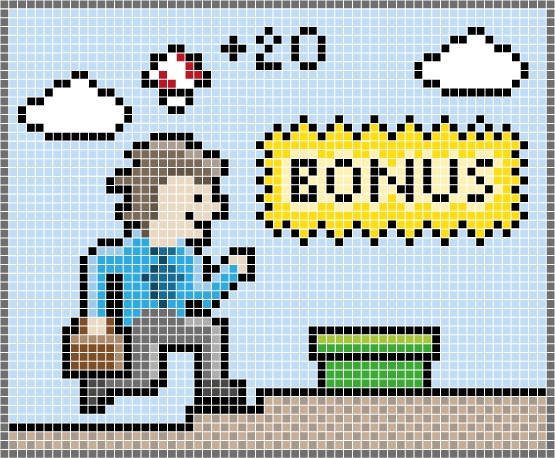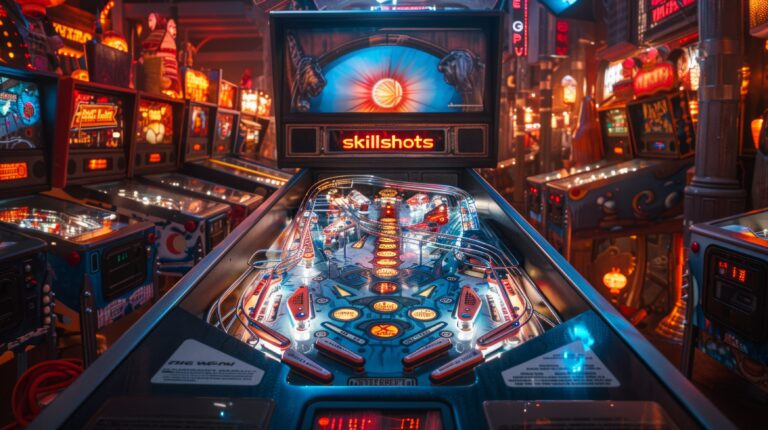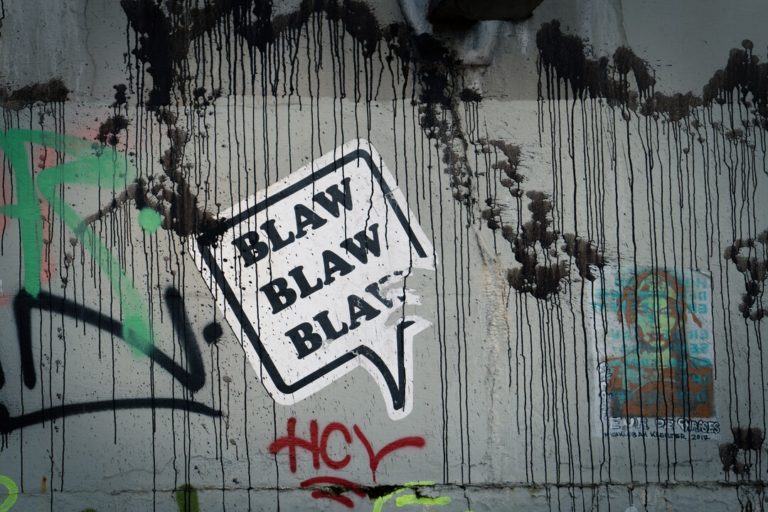
Gamification: Epic Win for the Business World?
They rarely wash, their skin is pale and they have never seen their friends in real life. Just a few years ago, gamers were considered nerds. Now the world has been turned upside-down. Video games have become mainstream, with Angry Birds, Farmville etc. at the latest. Everyone plays. The industry currently spends sums that Hollywood can only dream of (see this infographic). Other sectors have taken note, and are now integrating game elements in their everyday business. What is behind this gamification trend?
Humans are playful in nature. We collect trophies (my car, my house, my yacht), chase adventure (career, holiday), and measure ourselves against others (sports). That is motivation – and drives us to give our best. The business world is now discovering what gamers have always known: Games can help strike a balance between stress and boredom. Good games create flow – a real creative frenzy. We seem to succeed in everything we do, even failures motivate us to try again, and do it even better.
How do games succeed where occupational psychologists and others have failed for decades? They give clear instructions. Gamers always know what they have to do – to beat the final opponent, find the treasure or rescue the princess. Good games are never too demanding, they create obstacles which can be overcome with ambition. Players grow with their challenges. They receive immediate feedback, and are rewarded for good performances with points, badges and new missions.
The principle can be applied to business. For example, HR experts can use it to motivate employees and marketers can use it to convince customers of new products, new campaigns, or simply to hand over their addresses. That is why more and more companies are jumping on the bandwagon. Gartner analyst Brian Burke estimates: By 2015, every second company will drive their process innovation with gamification.
Reach business goals playfully
Nike has been doing this for a long time. The Nike+ app allows every cycling and running enthusiast to track their progress, compare with their friends – and prepare for the next competition. Consulting firm Deloitte trains its consultants at its gamified Leadership Academy. Those who succeed can access new free courses and receive badges as proof of their knowledge. The British Ministry of Labor encourages its employees to propose innovative ideas with its Idea Street knowledge platform. Proposals that are high on the “Buzz Index” are implemented.
Experts consider software manufacturer SAP was one of the pioneers in B2B gamification. The SAP Community Network (SCN) is its flagship project: a collaboration website for employees, partners and developers. Since 2013, users have been able to complete missions there, for example by helping other users. The most helpful and productive participants are recognized regularly – and become internationally known. Recognition and a good reputation now motivates two million people to start 1,200 new discussions and write 7,000 comments every day. It even boosts some employees’ careers: Employers now specifically ask for expert status in SCN – a reference for expertise and soft skills.
Define clear rules for the game
As enticing as the opportunities may sound, it is not enough to shoehorn random processes into a corset of badges, high scores and ranking lists. Used incorrectly, this plan can backfire quickly. Employees waste their time or feel under pressure. And customers will know if they are simply being manipulated.


